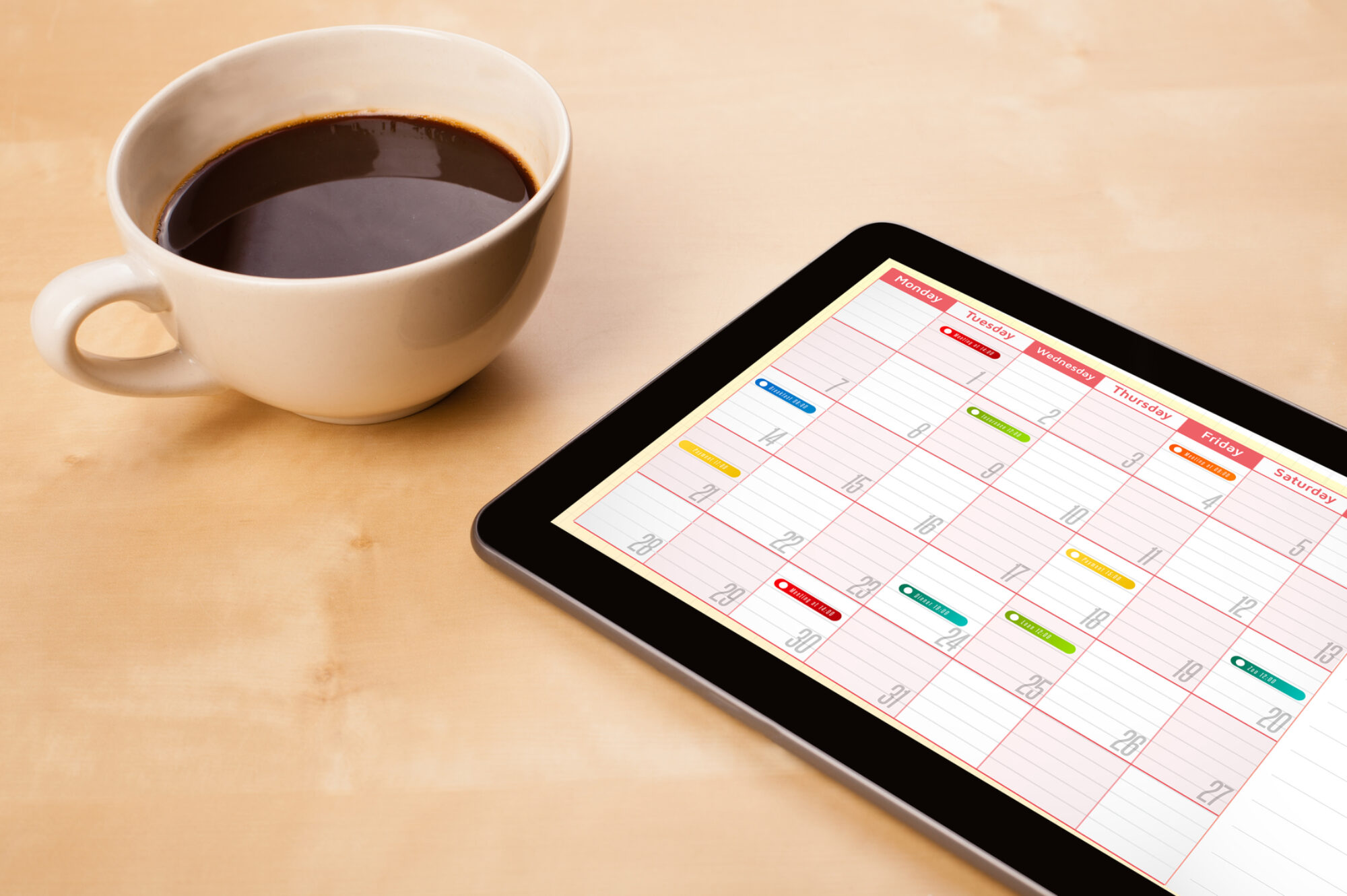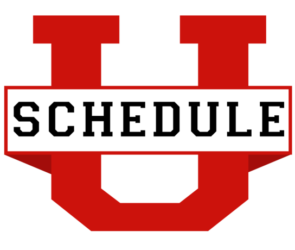Before we look at your specific recommendations, let’s discuss a concept we have pioneered here at ScheduleU.
The idea is simple: the volume of tasks you can manage varies with the setup of your habits, practices, apps and devices.
But that’s not all. There’s a corollary: when your current task volume exceeds the capacity of your setup, you inevitably experience a number of unwanted symptoms.
The good news is that you can change your setup, but the bad news is that most people don’t know where their setup came from, or what task volume it’s intended to handle. Therefore, they struggle.
In the context of the idea shared above, the “app” described on this page is your personal memory. The habits you have developed surround the process of committing incomplete tasks to memory. Psychologists call this your “prospective memory” as it deals with the commitment to complete a task in the future. (By contrast, “retrospective memory” deals with past events, facts and figures.)
Studies show that we all teach ourselves to use personal memory to keep track of flexible tasks starting in adolescence. We do so mostly on our own, not long after someone teaches us what time means, and how to use a clock.
So if you are using your memory to track most of your tasks, it’s a sign that you are a full-functioning member of humanity!
However, you may experience the downside of using memory as an adult: someone with the typical responsibilities that pertain to an average, busy life. The problem is that your prospective memory is unreliable above a tiny quantity of tasks. We humans have a simple tendency to forget, destroying our own progress.
Some get lucky. As early as their teenage years, they teach themselves to rely less on memory and more on paper or a smartphone. Alternately, for the unlucky, they never learn this lesson, or stubbornly insist on using memory.
Here is a great example from Sesame Street.
Those who persist in using memory must navigate the same complex world everyone else does, and as a result they struggle. It’s a mental battle they can never win.
However, the chances are high that (as a visitor to Schedule) you have already made the transition from being a heavy memory user to a user of more reliable techniques as shown in the typical path below.

If you are looking to make the transition from the use of memory ti higher levels of functioning, I recommend that you check out the other courses and content developed by 2Time Labs here. They are all focused on expanding your ability to diagnose your current setup with a view to making necessary improvement
The rest of the content at ScheduleU focuses on attaining Levels 5 and 6 in the diagram.

